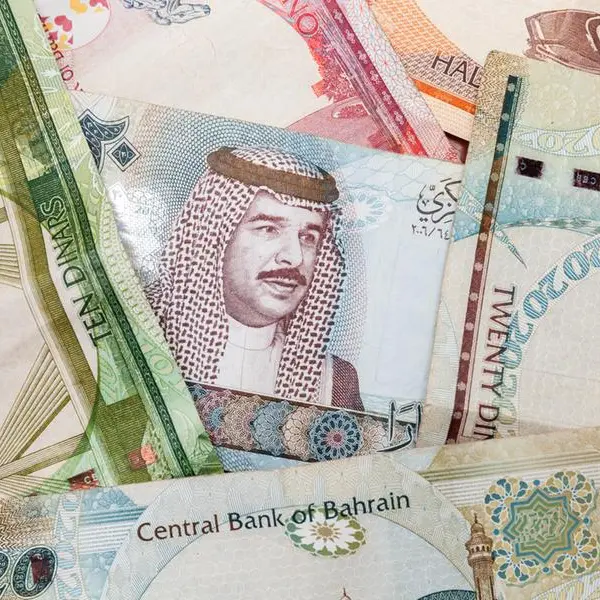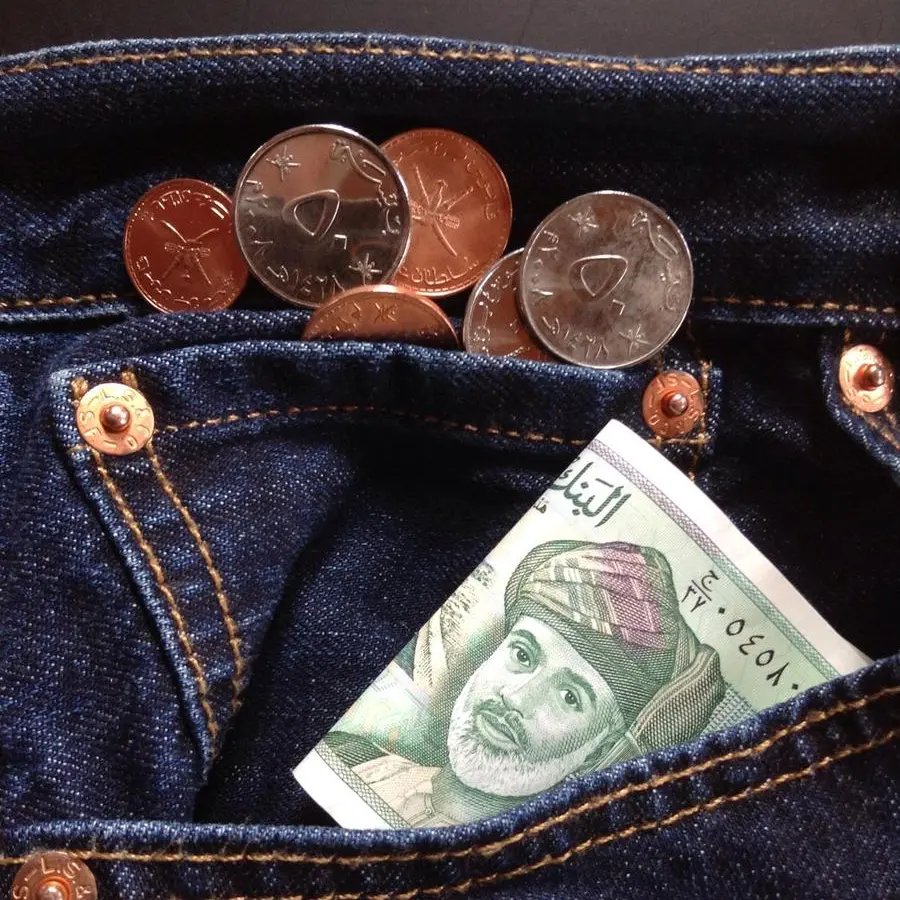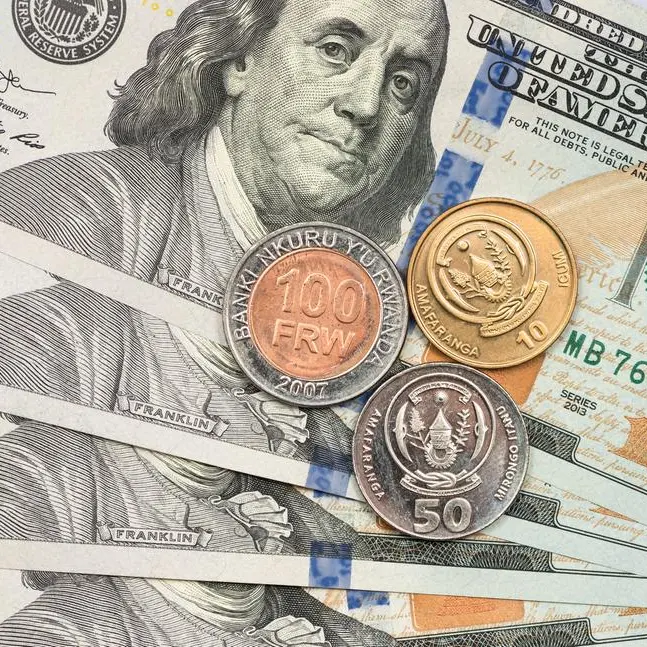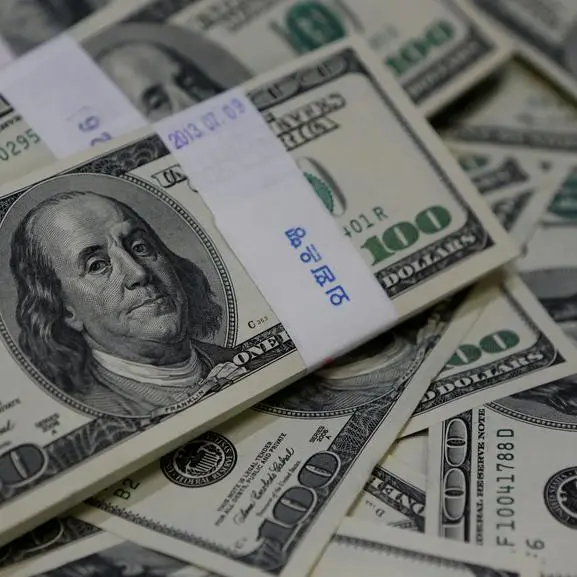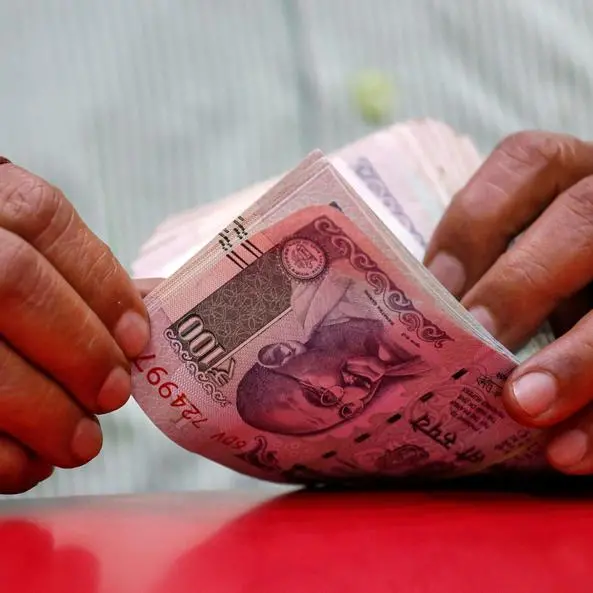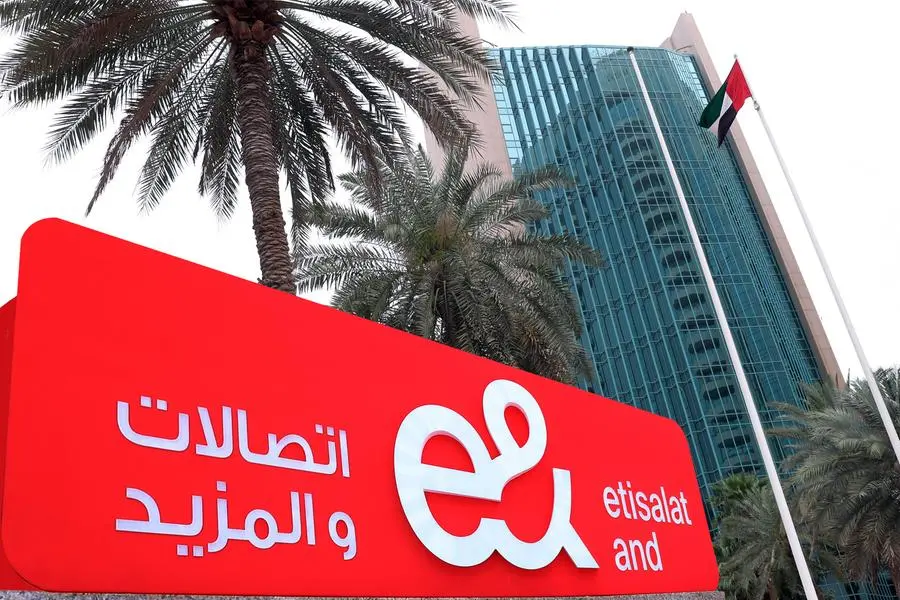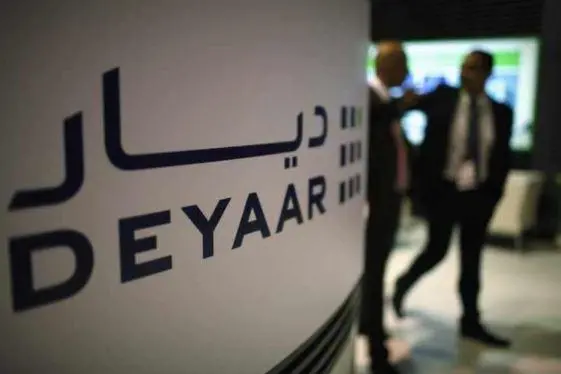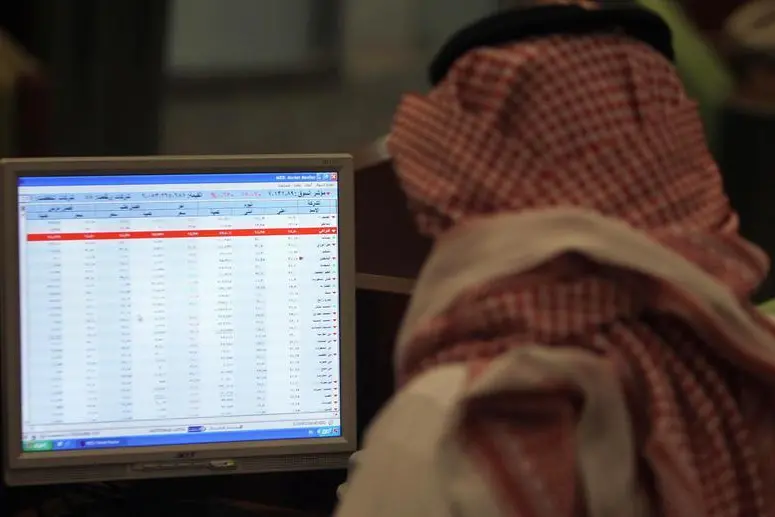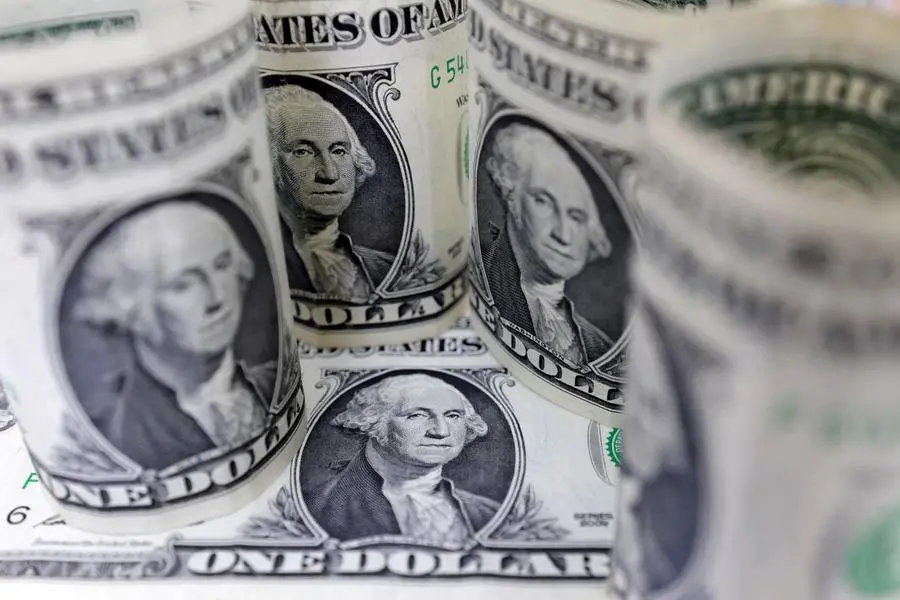PHOTO
Image used for illustrative purpose. A roadside money changer handles bundles of Pakistani rupee banknotes.
UAE - The Pakistani rupee is set to weaken further in the near term due to political instability, a weaker economy and high demand for the US dollar by importers, say industry executives.
On Tuesday, the Pakistani rupee closed at a record low of 299 against the dollar (81.47 versus the UAE dirham) in the interbank market after the government eased import restrictions, resulting in increased demand for the greenback.
The South Asian currency is trading at 311 against the greenback and 84.7 against the dirham in the open market. This widening gap between interbank and open markets reflects that the rupee is under pressure and likely to weaken further in the coming weeks.
“The Pakistan rupee outlook for 2023-24 is intricate due to the interaction of multiple factors. Economic indicators, government actions, and global trends are key determinants. We expect a potential depreciation of the rupee, particularly if political stability is not achieved,” said a Lulu Exchange spokesperson.
Pakistan is scheduled to hold polls in three months, but the country’s election oversight body said it needs more time, which could drag the country into another political and legal wrangling.
Lulu Exchange spokesperson said the rupee is anticipated to trade within the range of 80 to 84.30 versus dirham or 294 - 310 against the dollar in the near term, reflecting the current economic circumstances and ongoing challenges.
What will dictate the rupee?
Lulu Exchange sees economic indicators, policies, and global trends will shape the rupee’s path in 2023-24 while stable inflation and lower interest rates could lead to a positive outlook.
“Government initiatives, like reforms and trade policies, also play a role. Diverse sources and expert opinions offer a balanced view of PKR's potential. PKR's long-term growth potential is, driven by economic reforms and policies. Major challenges include political instability, inflation spikes, and global economic trends.”
Vijay Valecha, chief investment officer at Century Financial, said the trajectory of Pakistan’s currency is heavily reliant on the outcome of the elections because the country is in dire need of external finances to avoid a full-blown financial crisis as it is required to pay $77.5 billion in external debt between April 2023 and June 2026.
He added that if reforms such as a market-determined exchange rate to absorb external pressures, improved energy efficiency and strengthening governance are put in place, they would pave the way for inflows of funds from external partners and partially offset the strain on the rupee.
Valecha added that there are also some reasons for optimism over the longer term if the government can address the country's structural issues and implement reforms to improve productivity, competitiveness, diversification, and inclusion. “These include improving governance and institutions, enhancing human capital and social protection, reforming the energy sector and tax system, promoting trade and investment, and strengthening regional cooperation,” he added.
Copyright © 2022 Khaleej Times. All Rights Reserved. Provided by SyndiGate Media Inc. (Syndigate.info).


